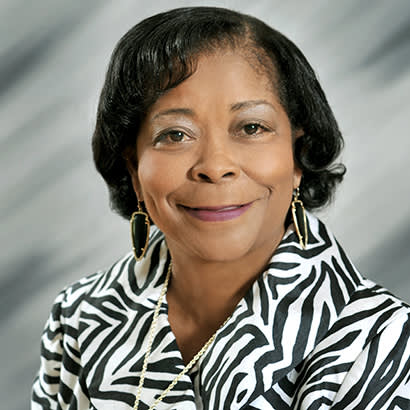
For an enhanced digital experience, read this story in the ezine.
Park and recreation professionals share a common goal: to build strong, resilient communities through parks and recreation. While we are united in purpose, the challenges individual professionals and agencies face vary as widely as the regions and communities we serve. When facing unique challenges, what matters is that we pursue solutions rooted in equity.
A recent study maps “play oases” and “play deserts” across the nation and identifies areas where children need increased access to play spaces for physical activity. The researchers used “…five measures of access, namely availability, accessibility, affordability, accommodation and acceptability (commonly referred to as the 5 As of access) and Geographic Information System (GIS) methods to design and build a children’s Physical Activity Disparity (PAD) index for the [United States].” Among the counties with the greatest disparities in children’s physical activity, most “…are rural, followed by suburban and urban. Additionally, the High PAD rural and urban counties were clustered in the south and west [United States].” The study creates a framework for improvement by highlighting the distinct barriers to access present in different regions. By increasing equitable access to play spaces, we work toward a future in which all children can reap the innumerable health benefits of recreation and play.
As we build healthy communities, we also must pursue equitable conservation practices. In the feature story, “Stewarding Urban Desert Park Design,” on page 38, author Brandon Sobiech discusses the importance of balancing the conservation of natural resources with the responsibility to provide community members with green space for recreation within the urban desert landscape of Phoenix. He writes, city parks “mitigate urban heat island effect and support our public health infrastructure.... The function parks serve must be deeply considered against and alongside best practices for resource use.” Sobiech discusses creative solutions the city has employed that could benefit other communities, such as using both natural and mechanical shade and utilizing structural soil to route stormwater to trees. The story highlights the resilience and creativity of park and recreation and other local government professionals and their valued partners in landscape architecture as they design spaces that will meet our needs today and in the future.
As we explore and pursue creative solutions and strategies, let’s remember that park and recreation professionals in communities large and small are leaders in our field, creating pathways to health and wellness, centering equity, and acting as stewards of precious natural resources. I hope you remember to appreciate the vital role you play and inspire your colleagues to do the same.
Throughout my time as chair of the NRPA Board of Directors, I’ve watched our field and NRPA grow as we’ve innovated, faced challenges, and advanced parks as central hubs for wellness, socialization and play. This October, I’m looking forward to seeing everyone and sharing more about my time as chair at the 2023 NRPA Annual Conference in Dallas. I value the bonds and teamwork we nurture within our field, and our time together always reminds me that we have the strength and ingenuity to build a bright future.
Carolyn F. McKnight Freddis Chair of the NRPA Board of Directors

